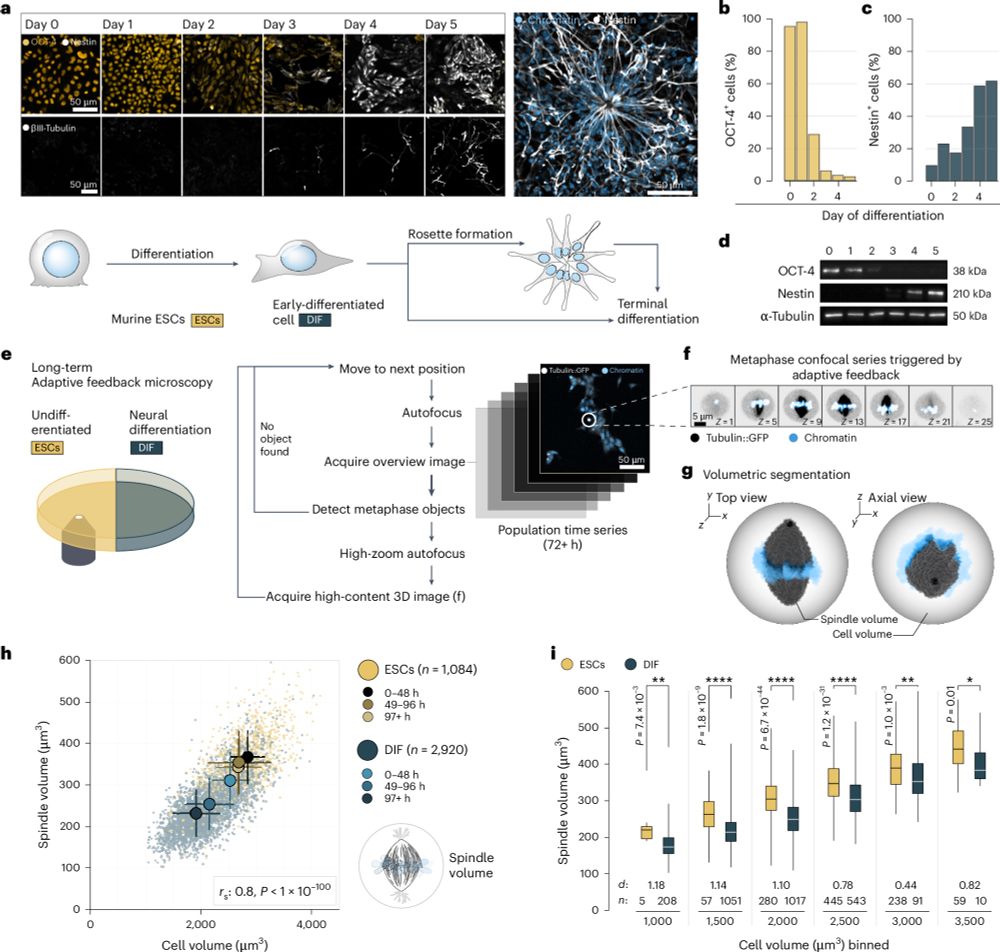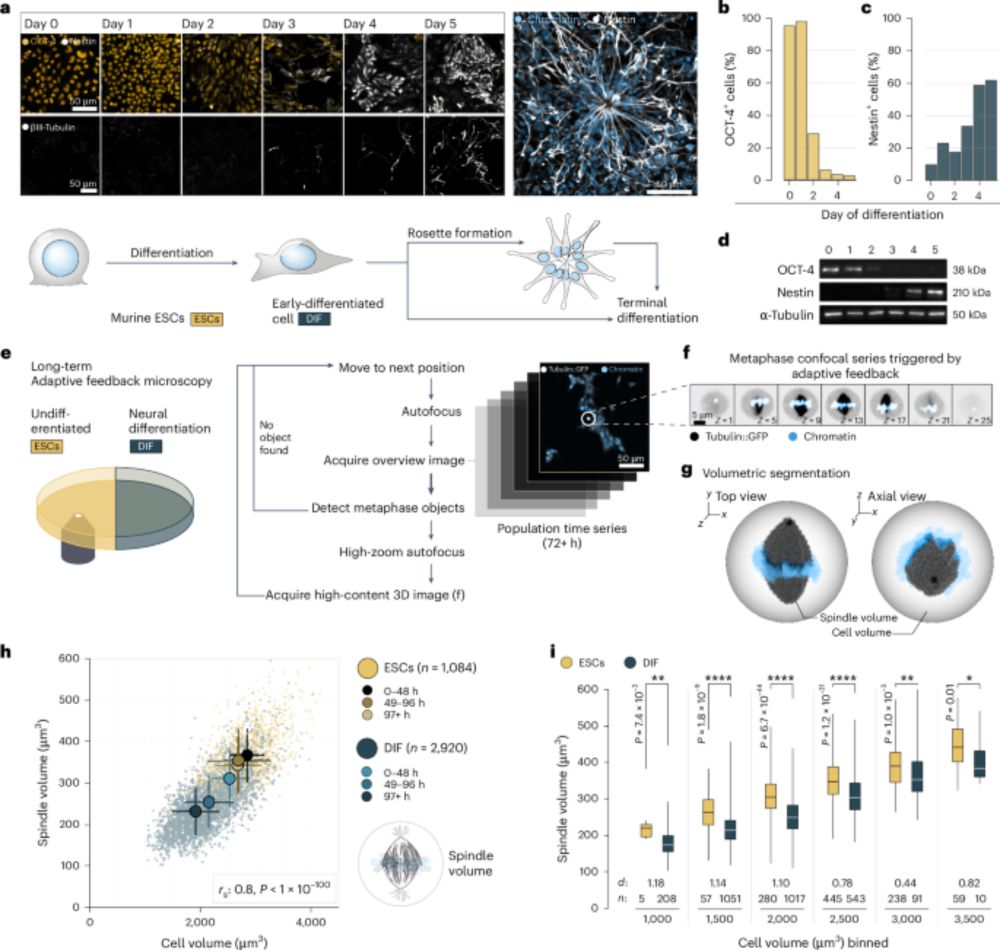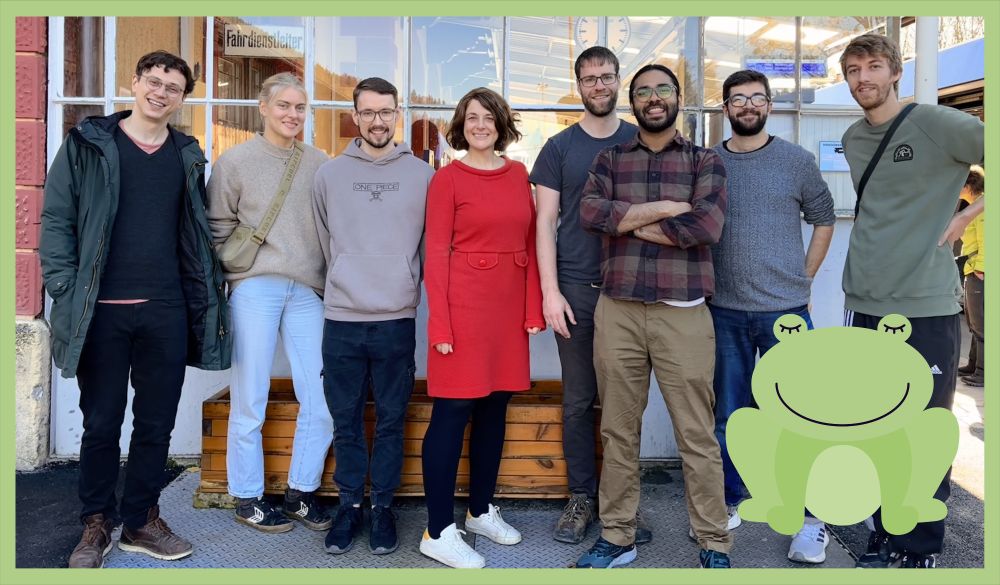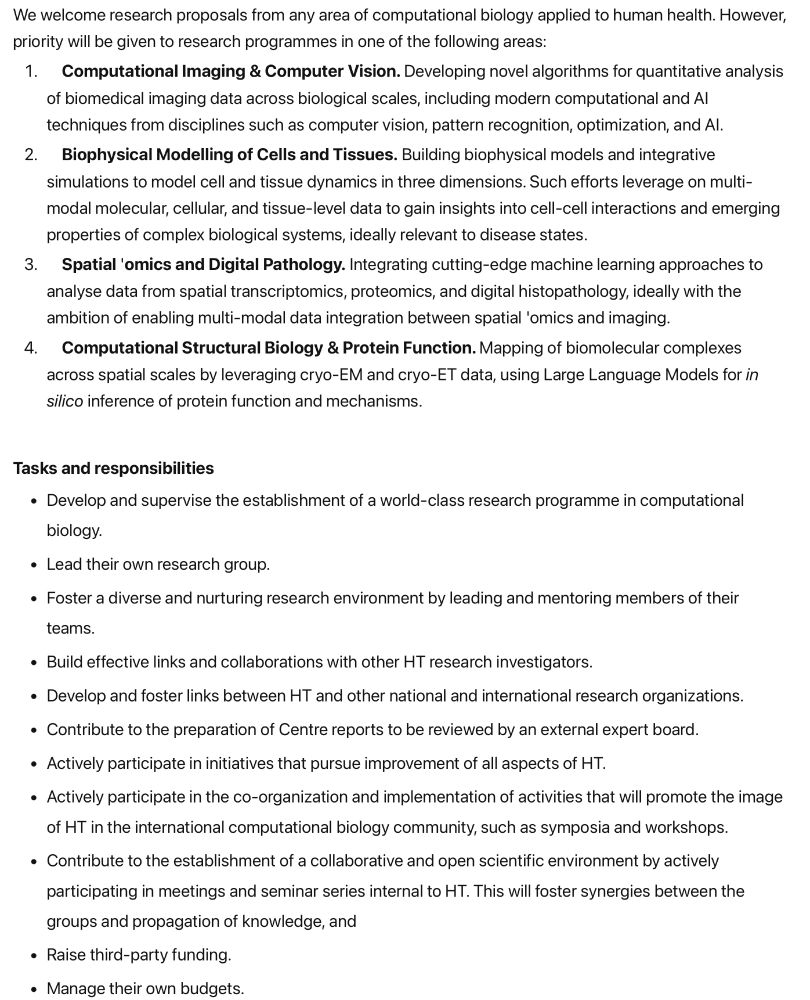Vasily Zaburdaev
@vasilyzaburdaev.bsky.social
130 followers
150 following
4 posts
Physicist. Prof. FAU Erlangen-Nürnberg, Max-Planck-Zentrum für Physik und Medizin.
https://mpzpm.mpg.de/research/vasily-zaburdaev
Posts
Media
Videos
Starter Packs
Reposted by Vasily Zaburdaev
Reposted by Vasily Zaburdaev
Reposted by Vasily Zaburdaev
Simone Reber
@simonereber.bsky.social
· Aug 15

Conserved nucleocytoplasmic density homeostasis drives cellular organization across eukaryotes
Nature Communications - Cells can regulate their mass density. Here, the authors demonstrate how eukaryotes establish and maintain a lower density in the nucleus than in the cytoplasm via pressure...
rdcu.be
Reposted by Vasily Zaburdaev
Simone Reber
@simonereber.bsky.social
· Jun 13

Cell state-specific cytoplasmic density controls spindle architecture and scaling
Nature Cell Biology - Kletter et al. show that cell state-specific cytoplasmic density controls spindle architecture and scaling in neural differentiation, suggesting that the physical properties...
rdcu.be
Reposted by Vasily Zaburdaev
Reposted by Vasily Zaburdaev
Simone Reber
@simonereber.bsky.social
· May 12

Hierarchical Heterogeneities in Spatio-Temporal Dynamics of the Cytoplasm
Understanding of the dynamics inherent to biological matter is crucial for illuminating the physical mechanisms underlying cellular processes. In this study, we employ bright-field differential dynamic microscopy (DDM) to investigate density fluctuations inherent in a cell-free model of eukaryotic cytoplasm. Our measurements reveal subdiffusive fractional Brownian motion and non-Gaussian displacement distributions, highlighting cytoplasmic heterogeneity. We introduce an empirical model that combines fractional Brownian motion with an inverse Gaussian distribution of diffusivities to describe the observed non-Gaussianity. Validated through Monte Carlo simulations, this model allows us to estimate the fractional diffusivity and exponent effectively. By altering macromolecular composition, the addition of energy, and assembly of a cytoskeleton, we identify three independent mechanisms that result in similar fractional exponents yet distinct diffusivities. We find that energy addition leads to non-stationary dynamics, in contrast to the stationary behavior observed under passive conditions. Presence of microtubules introduces a secondary dynamical timescale, which we describe using a two-state fractional Brownian motion model to differentiate between cytosolic and microtubule network associated contributions. Our findings demonstrate the effectiveness of DDM as a label-free tool for quantifying viscoelastic and heterogeneous properties of the cytoplasm and provide insights into how physical and biochemical factors, including cytoskeletal organization, govern subcellular dynamics. ### Competing Interest Statement The authors have declared no competing interest.
www.biorxiv.org
Reposted by Vasily Zaburdaev
Reposted by Vasily Zaburdaev
Reposted by Vasily Zaburdaev












